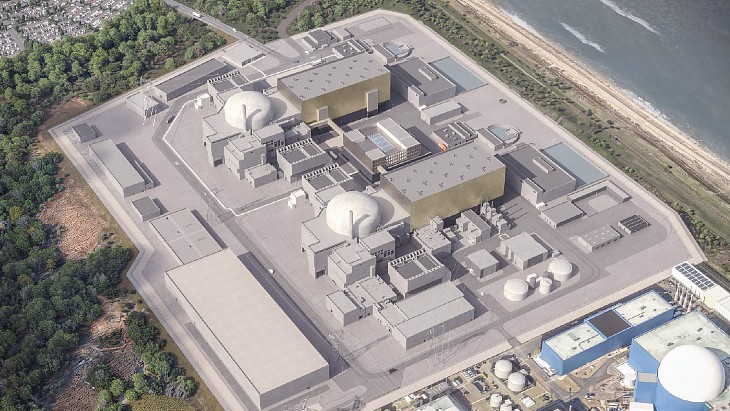In the two weeks since Indian prime minister Manmohan Singhtold US President George Bush that he had 'certain difficulties' implementing their nuclear agreement, an international diplomatic force has mobilized to save the groundbreaking deal.
Top US officials including treasury secretary Hank Paulson and former secretary of state Henry Kissinger have visited India for a series of meetings with officials and politicians over several days. Other leaders have also voiced support for ending the isolation in nuclear development that India has been placed in since rejecting the Nuclear non-Proliferation Treaty in 1968. World Nuclear Association director general John Ritch described that situation as "three decades of injustice to India."
German chancellor Angela Merkel has said that her country would want to cooperate with India following the conclusion of a deal with the USA. The foreign minister of the Netherlands, Maxime Verhagen, said the country was prepared to constructively consider amending the rules of the Nuclear Suppliers Group following a request from the USA. He added that the stalled deal "contains positive elements to answer India's energy demands infuture."
The diplomatic effort could soften the stance of Singh's opponents and make it possible for the parliament to approve the text of the '123 Agreement' necessary for the USA to do nuclear trade with India.
Principally, the problem is that the deal says that the USA may cancel cooperation if India tests a nuclear weapon. This caused problems when communist groups that support Singh's Congress Party said the provision allowed the USA too much influence on foreign policy and demanded a vote. In that situation and without their support, Singh could not be confident of beating the opposition Bharatiya Janata Party (BJP). After much debate, Singh concluded that to push the agreement further could risk his government.
Ritch said of the deal: "Nothing about it will render India subservient to America. Thisdeal will make India an equal partner with the USA, and strengthen non-proliferation by adding Indian leadership to that important cause."
For its part, India's power industry has been consistent in welcoming the prospect of nuclear cooperation, with companies already developing plans to integrate new nuclear plants and technology into wider development goals.
Now, officials and spokesmen have been warning of energy shortfalls without the deal. "It is possible to realise the projected20,000 MWe capacity goal by 2020 only if there is international civil nuclearcooperation," said Anil Kakodkar, chair of the Department of Atomic Energy. Swapnesh Malhotra of the same department predicted that a 6000 MWe shortfall was likely unless six reactors can be imported.
Under the deal, India would be able to export as well as import nuclear power technology. Ritch said that India stands to be a global leader in nuclear and that "once this deal is sealed, the export potential for India is almost unlimited."
Further information
World Nuclear Association
WNA's Nuclear Power in India information paper
WNN: US-India deal not dead despite difficulties
WNN: Indian generators think ahead
WNN: Sticking points in US-India talks
WNN: INSIGHT BRIEFING: US Brings India in from the cold






_69614.jpg)





